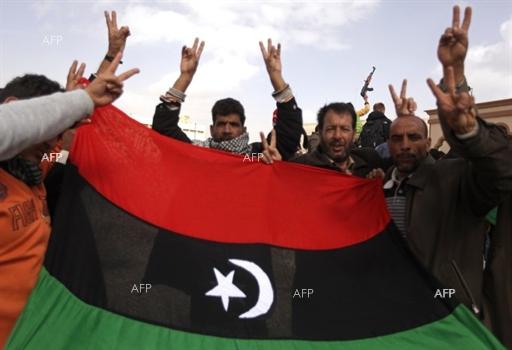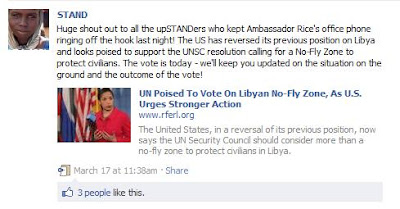However, when you dig deeper than the surface, this is absolutely the wrong attitude and an even more dysfunctional way to approach the social media phenomenon. It can be argued that when cultivated and used strategically, social media has tremendous potential to spur democratic participation from the groundswell. Not only can it be used to engage citizens from all over the social, geographic, racial, and economic spectrum, it can also provide a platform for smart, targeted debate on the issues that really matter. When you think about it, the social media controversy is largely based on misunderstanding and close-minded attitudes. The emergence of social networking does not have to mean that there is too much white noise and useless egotistical information out there, but it can also portray important lessons based on the increasing level of civic participation in the online sphere.
The White House White Board Initiative, a great example of marrying social media and political education
Earlier today, I had the privilege of watching a Brookings Institution panel set up by the Governance Studies Program entitled, "How Social Networking Can Reinvigorate American Democracy and Civic Participation." Not only was it moderated by Darrell West, one of the prominent thinkers on the relationship between technology and democratic institutions, but it also featured a fascinating panel of people from a variety of industries: Macon Phillips, one of Obama's digital strategists in the '08 campaign and now a White House official, Diana Owen, a political science professor from Georgetown University, Lee Rainie from the prestigious PEW Research Institute, and Mindy Finn, a brilliant social media political consultant. I found the conversation invigorating, extremely relevant, and forward-thinking, as it ranged from themes such as social media and journalism, foreseeing the role of new media in the '12 elections, and the digital divide with in the U.S. and around the world.
 |
| The panel from today's discussion (L-R): Owen, Rainie, Phillips, and West (not pictured: Finn) |
Some interesting themes that I found from this panel were:
- The level of civic education in early years of schooling is parallel to the use of social media for political and electoral purposes;
- Journalism is at the crossroads of attempting to incorporate new media in their traditional broadcasting archetypes while dealing with the tightening of belts in the newsroom;
- Social media is now equally representative of politicians shaking hands with constituents and kissing babies, as they will have to address the public more transparently and directly;
- Campaigns are going to be more decentralized and chaotic as once viral, civic discussions in the online sphere cannot be ignored by political officials and have the potential to drive agenda;
- Social media and civility are not antithetical, but rather compatible as it drives debate and important discourse;
- Participating in politics through social networking is not slacktivism, but rather drives engagement in various parts of the spectrum (passive/indifferent -> observer -> reader -> commenter -> broadcaster/sharer -> participant -> leader)
- In the near future, a Unified Theory of Communications that combine new and traditional media will need to be developed and assimilated into political communication studies.
All in all, it was extremely interesting and refreshing to hear people who have established careers and prominent academic backgrounds praise social media platforms like Facebook and Twitter for what they represent (democratic participation), rather than the typical contemptuous outlook that some self-deem they are "too sophisticated" for this phenomenon.
To read more about the event and Darrell West's conclusions from the panel discussion and Q&A, visit the Brookings Governance site here.




































